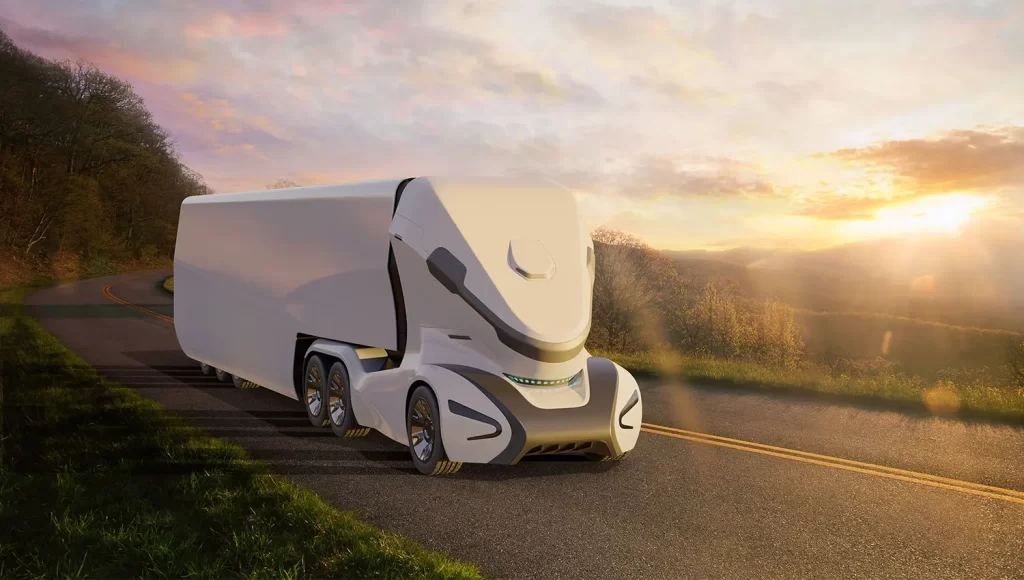The Future of Driverless Trucking: Impacts and Opportunities in 2424

Self-driving trucks present unique challenges when compared to passenger cars: they must travel over long highway routes while adapting to changing weather conditions while transporting dangerous loads.
Numerous technology developers have spent years crafting autonomous trucking systems, and although some have failed to complete them on time or completely, many continue their work with an eye toward large-scale deployments.
1. Safety
Autonomous trucks pose major safety concerns. Without an operator in the cabin, it remains uncertain whether these vehicles can respond appropriately in unexpected situations and accidents that arise. Furthermore, how will their systems react if an incident does occur?
At present, self-driving trucks are being extensively tested. While current technology appears highly effective, there may still be unforeseeable issues that prevent its full implementation.
Concerns exist that autonomous trucks will lead to hundreds of thousands of truck drivers losing their jobs; however, it’s unlikely that autonomous trucks will replace drivers entirely in the near future; most likely they’ll be coupled with human operators(s) who monitor and respond quickly in case any problems arise.
2. Efficiency
Truck drivers can be unpredictable behind the wheel, even experienced ones can make mistakes. Companies like Embark are working towards solving this issue by automating trucking on long stretches of highway, where trucks can travel safely without human drivers in their cab.
These systems may not be perfect, but they could help the freight industry address one of its primary issues – labor shortages. Some trucking firms believe automation could save money by cutting hiring and training expenses.
But the industry remains some distance from autonomous trucks driving anywhere on their own. At present, Embark employs a safety driver in the cab to monitor and manage any unexpected events on the road. Furthermore, these systems may take time before they are capable of handling city streets or loading docks effectively.
3. Cost
Driverless truck development faces several significant barriers. Trucking companies need to save money by cutting their overhead expenses while at the same time not risk losing jobs. At present, large corporations can only afford autonomous trucks if they include backup drivers as a safety measure in the cab; otherwise local human drivers will still transport trailers to “autonomous truck ports” near highway exits for switching over into driverless ones for long stretches of highway driving.
Autonomous trucks can run 24/7 without breaks, shortening delivery times and taking market share from rail and sea freight. This will have a dramatic impact on the economy while forcing logistics managers to revisit their operations and processes.
4. Flexibility
Truck drivers and the millions they support – from gas station owners and hotel managers to rest stop workers – depend on a vibrant freight industry for livelihood. A widespread switch to autonomous trucks could seriously threaten this relationship and impact not only truckers themselves, but also millions of others involved in logistics as passengers, hotel guests or family members.
Kodiak Robotics and other autonomous companies such as Icarus Robotics are working hard to ensure driverless trucks will only travel on routes and conditions compatible with their technology. Their target level for automated driving is Level 5, meaning a vehicle could operate autonomously without humans onboard.
Kodiak Trucking demonstrated its autonomous trucking system by rotating specialists into the cab so they could take over steering duties when necessary. Nonetheless, as technology improves and becomes more precise, they believe that Kodiak’s technology will become capable of dealing with edge cases such as bad weather or non-compliant road behavior more reliably.
5. Environmental Impact
TuSimple’s autonomous truck can, for example, detect nearby drivers and respond accordingly, significantly decreasing collision rates.
Autonomous trucks can help to eliminate deadhead miles generated from hours-of-service regulations that mandate that drivers return to their point-of-origin after every trip, thus decreasing fuel consumption, wear and tear and GHG emissions.
Before autonomous trucks can truly make an impactful statement on a large scale, several challenges must first be met. They’ll need to navigate different roads, terrains, weather conditions and hubs and ports – possibly necessitating designated autonomous truck lanes – while operating over long, repetitive routes that are structured.








